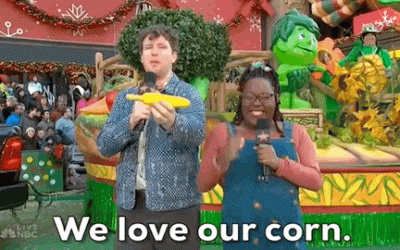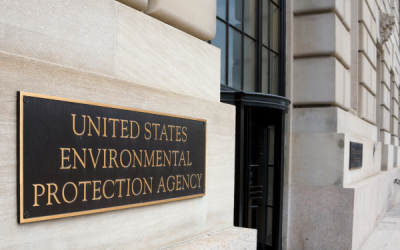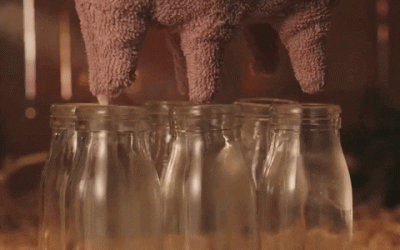Although bird flu is a perennial concern among poultry producers nationwide, the 2024 bird flu outbreak has presented its own challenges when it started hopping species.
Perhaps most concerning has been the rate of infection among dairy cattle. Since the disease started infecting cattle back in March, around 200 herds have been infected.
By the numbers: Thirteen states have confirmed infected dairy herds, but some states have been hit harder than others, especially Texas, Colorado, Idaho, and Michigan.
Two hundred herds may or may not sound like a lot of cattle, but consider this: recent data shows that 17% of all U.S. dairy products contain inactive bird flu virus.
That’s one in six dairy products.
Although this is not a human health concern (as noted by no live virus samples found in consumer dairy products), this statistic highlights how widespread the problem has become.
And this: Even more concerning is the fact that even humans have been infected. Over a dozen farm workers have acquired the disease, and although symptoms were fairly mild, poultry factories have shut down to contain the spread, and dairies have had to take precautions.
Yet the USDA says the problem is likely worse than it looks. Many dairies aren’t testing herds and workers, so the disease is probably more widespread than the data shows. Even 4-H fairs have had to shut down dairy and poultry shows in order to contain the issue.
Where this goes: As producers and agencies work to get a handle on the situation, one thing is clear—pasteurization is doing its job. So drink your milk and slap on another layer of butter… your food is perfectly safe.
Short Corn Packs a Punch
Dynamite comes in small packages—which can be true with new seed technology. What’s...
Congress to EPA: What’s Your BEEF with Meat Packers?
The Environmental Protection Agency (EPA) is considering new regulations that take aim at meat and poultry processors.
And some members of Congress have a BEEF with the EPA’s proposals.
The proposed rules: In late January, the EPA released the details of its proposed “Clean Water Effluent Limitations Guidelines and Standards for the Meat and Poultry Products Point source category.”
Huh?
Basically, the EPA formally published its proposals to combat wastewater contaminants that come from slaughterhouses.
Okay… that makes more sense.
At the heart of the rules proposal is a concern from environmental groups about nitrogen and phosphorus pollutants that originate from slaughterhouses. In some cases, the wastewater goes directly into waterways. In other cases, the water goes to municipal wastewater treatment facilities.
But not everyone is on board with the EPA’s suggestions…
Congress responds: Last week, two U.S. representatives—Eric Burlison (MO) and Ron Estes (KS)—pushed back against the EPA and introduced the “Banning EPA’s Encroachment of Facilities (BEEF) Act.” If passed and signed by President Biden, the law would prohibit the EPA from finalizing, implementing, or enforcing the rule.
According to the lawmakers, the proposed rules place undue burden on small processors—costs that can be absorbed by larger companies.
Soundbite: “The… proposed regulation isn’t just an attack on family-run small businesses, it’s an attack on rural communities,” said Burlison. “These meat and poultry processors are the lifeblood of our communities. The BEEF Act… lets these hardworking Americans do what they do best, produce safe, affordable food for our families.”
University of Illinois Makes Big Mooves in Milk Production
Pump it up: Scientists led by Matt Wheeler at the University of Illinois Urbana-Champaign are...




